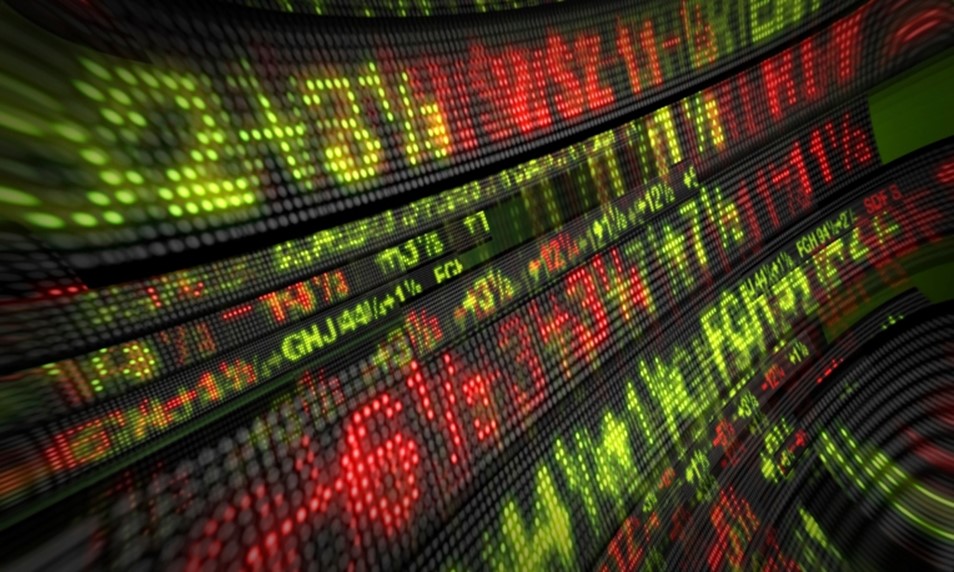The Decline Of High Frequency Trading
June 7, 2013 in Daily Bulletin

High Frequency Trading – HFT – is the use of technology to make rapid trades that exploit short-term opportunities in the stock market. Once believed to be the future of trading, it is in decline writes Matthew Philips:
- Between 2008 and 2011 up to two thirds of all stock trades in the US were done through HFT firms. Now only about half are.
- An individual trade was never particularly profitable – initially around a tenth of a penny was made on every traded share, but firms made up for it through sheer volume. Now though it has become even less so – as little as a twentieth of a penny is made per share.
- This is in part because HFT works best when everybody else is comparatively slower in executing trades. However firms have realized the money they were losing by being slow and have sped up their trades, making HFT less lucrative than it was before.
- HFT firms also have to expend vast amounts of money to wring out an additional few milliseconds of speed. As marginal returns decline, this is becoming an increasingly unattractive strategy.
- There are particular locations that firms can locate their computers to have the greatest speed advantage when making trades. Owners of those locations have realized this and charge exorbitantly high rents eating away at the profits from HFT.
- HFT works best when there are high trading volumes. But investors today seem more interested in investing in bonds.
- The pain isn’t over for HFT yet. Countries have begun to regulate high frequency traders with France and Italy having implemented a trading tax and the United States considering one.
Read more about how HFT firms are now looking to Twitter, the first high frequency trader, and how the major players in the market are reacting to HFT over here.
Source: Business Week
Join the Discussion! (No Signup Required)